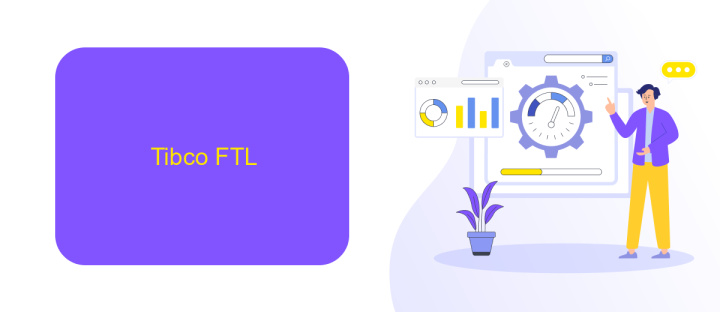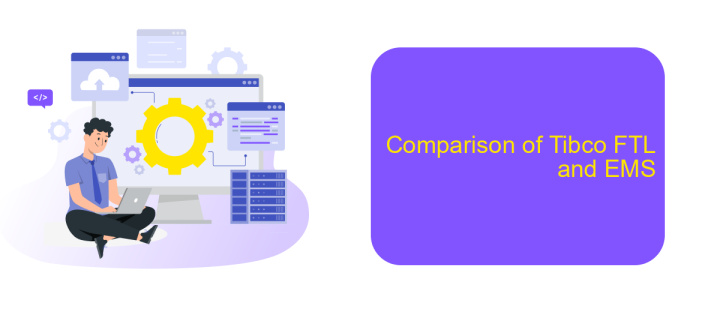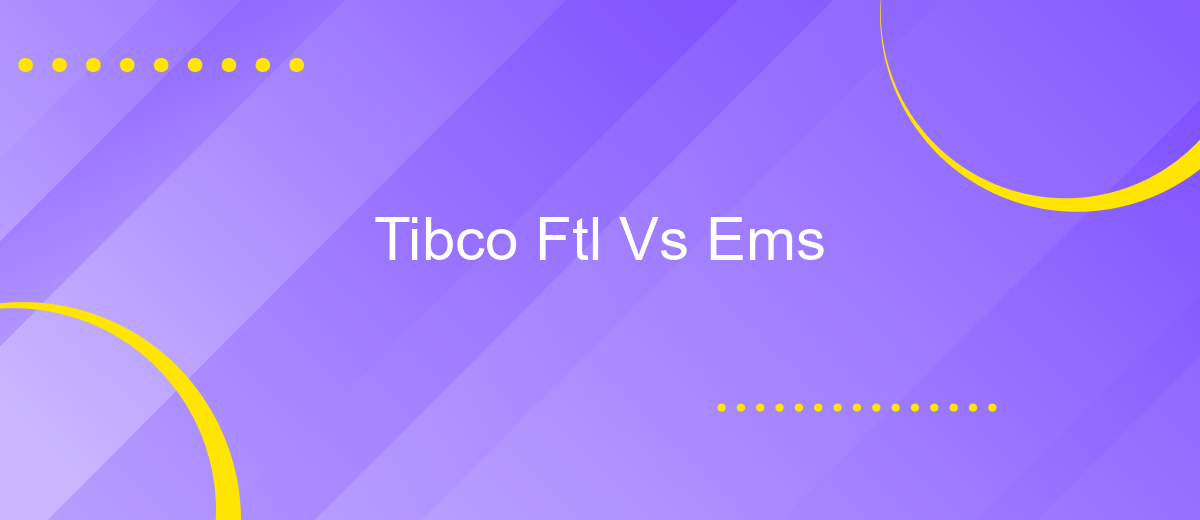Tibco Ftl Vs Ems
When evaluating enterprise messaging solutions, Tibco FTL and Tibco EMS are often at the forefront of the discussion. Both platforms offer robust capabilities for real-time data distribution and message management, but they cater to different use cases and performance requirements. This article delves into the key differences, strengths, and potential applications of Tibco FTL versus Tibco EMS, helping you make an informed decision.
Introduction
In the world of enterprise messaging, choosing the right middleware solution is crucial for ensuring efficient communication and data transfer. Tibco FTL (Faster Than Light) and Tibco EMS (Enterprise Message Service) are two prominent options that cater to different needs and use cases.
- Tibco FTL: Designed for low-latency, high-throughput messaging. Ideal for real-time applications.
- Tibco EMS: Focuses on reliability and compatibility. Suitable for integrating various enterprise systems.
Both solutions offer unique advantages, and selecting the right one depends on specific business requirements. Additionally, services like ApiX-Drive can streamline the integration process by automating data transfers between different platforms, enhancing overall efficiency. Understanding the key differences and benefits of Tibco FTL and EMS will help organizations make informed decisions to optimize their messaging infrastructure.
Tibco FTL

TIBCO FTL is a high-performance messaging middleware designed to facilitate real-time data distribution and communication in complex systems. It leverages a highly optimized, low-latency architecture to ensure rapid message delivery and processing, making it ideal for applications requiring immediate data updates and responsiveness. FTL supports a variety of messaging patterns, including publish/subscribe, request/reply, and point-to-point, offering flexibility in how messages are routed and processed within distributed environments.
One of the key advantages of TIBCO FTL is its ability to integrate seamlessly with other systems and services. For instance, using integration platforms like ApiX-Drive, organizations can easily connect TIBCO FTL with various third-party applications, automating data flows and enhancing operational efficiency. This capability is particularly beneficial for enterprises looking to streamline their workflows and ensure that critical information is consistently synchronized across different platforms. By leveraging such integrations, businesses can achieve a more cohesive and responsive IT infrastructure.
Tibco EMS

TIBCO Enterprise Message Service (EMS) is a robust messaging platform that provides reliable and scalable messaging capabilities. EMS supports the Java Message Service (JMS) API, making it a versatile solution for integrating various applications and systems. By facilitating asynchronous communication, it ensures that messages are delivered even if the recipient is temporarily unavailable.
- Scalability: EMS can handle high volumes of messages, making it suitable for large-scale enterprise environments.
- Reliability: It guarantees message delivery through persistent storage and acknowledgment mechanisms.
- Security: EMS offers comprehensive security features, including SSL encryption and access control.
- Integration: Tools like ApiX-Drive can enhance EMS by providing seamless integration with various third-party applications and services.
EMS is designed to integrate smoothly with other TIBCO products and third-party systems, providing a cohesive messaging infrastructure. By using services such as ApiX-Drive, organizations can simplify the process of connecting EMS with other applications, ensuring efficient data flow and operational efficiency. This makes TIBCO EMS a powerful tool for businesses looking to enhance their messaging and integration capabilities.
Comparison of Tibco FTL and EMS

Tibco FTL and EMS are both robust messaging solutions designed to facilitate efficient data communication within enterprise environments. While both serve the purpose of message-oriented middleware, they have distinct features and use cases.
Tibco FTL is optimized for low-latency, high-throughput messaging, making it ideal for real-time applications. It leverages advanced networking technologies to achieve microsecond latencies, ensuring rapid data delivery. On the other hand, Tibco EMS (Enterprise Message Service) is designed for more traditional message queuing and is widely used for reliable message delivery in enterprise applications. EMS supports JMS (Java Message Service) and integrates well with various enterprise systems.
- Latency: FTL offers microsecond latencies, while EMS provides millisecond latencies.
- Use Case: FTL is suited for real-time data applications, whereas EMS is ideal for enterprise message queuing.
- Integration: EMS supports JMS and integrates with numerous enterprise systems.
- Scalability: Both solutions are scalable, but FTL excels in high-throughput scenarios.
For businesses looking to integrate these messaging solutions seamlessly, services like ApiX-Drive can be invaluable. ApiX-Drive simplifies the integration process, allowing companies to connect Tibco FTL and EMS with other enterprise systems effortlessly, enhancing overall operational efficiency.
Conclusion
In conclusion, both Tibco FTL and EMS offer robust solutions for messaging and data integration, catering to different needs and use cases. Tibco FTL excels in high-performance, low-latency environments, making it ideal for real-time applications and scenarios requiring rapid data throughput. On the other hand, Tibco EMS provides a more traditional, yet highly reliable, messaging service that supports a wide range of protocols and is well-suited for enterprise-level integrations.
When deciding between Tibco FTL and EMS, it's crucial to consider the specific requirements of your project, including performance needs, scalability, and the complexity of the integration. For those looking to simplify and automate their integration processes, services like ApiX-Drive can be invaluable. ApiX-Drive offers a user-friendly platform to connect various applications and automate workflows, thus enhancing the efficiency and effectiveness of your integration strategy. By carefully evaluating your needs and leveraging the right tools, you can ensure seamless and efficient data communication within your organization.
FAQ
What are the primary differences between TIBCO FTL and TIBCO EMS?
Which product is better for real-time data streaming, TIBCO FTL or TIBCO EMS?
Can TIBCO FTL and TIBCO EMS be used together in a single architecture?
What are the common use cases for TIBCO EMS?
How can I integrate TIBCO FTL or EMS with other systems for automation and workflow management?
Do you want to achieve your goals in business, career and life faster and better? Do it with ApiX-Drive – a tool that will remove a significant part of the routine from workflows and free up additional time to achieve your goals. Test the capabilities of Apix-Drive for free – see for yourself the effectiveness of the tool.

